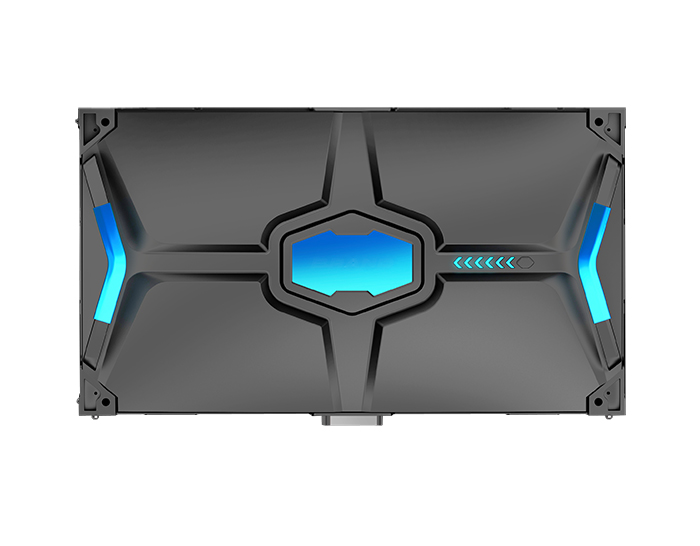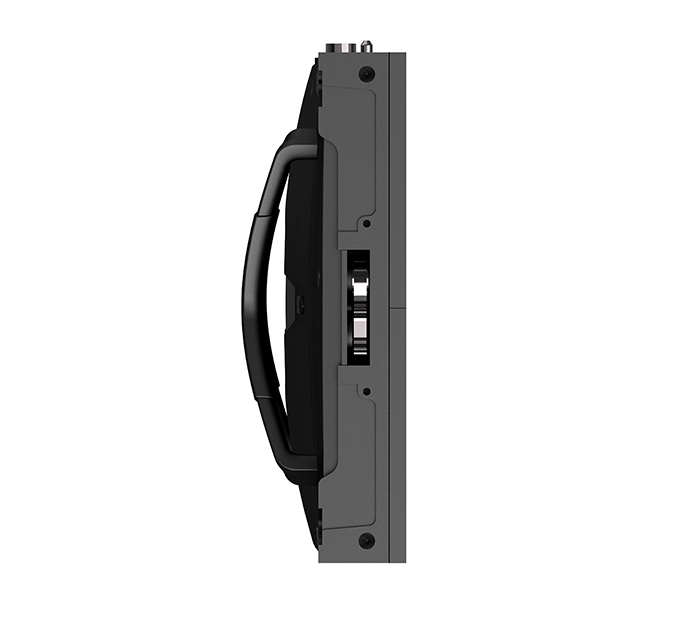The speaker market is mixed, and the price ranges from tens of yuan to thousands of yuan. How to choose a suitable speaker according to your application needs has become a problem that plagues many people. What kind of speakers are really good speakers? Especially for "rookie" friends who don't know much about the speakers, they can only look at the appearance and listen to a small piece of deafening music from the business, they can only sense it; as far as technical indicators are concerned, I don't know where to go Start by judging the quality of the speakers. This article briefly introduces the technical indicators of speakers, and hopes that these contents can provide you with some reference when purchasing speakers.
Speaker technical indicators: sound technology
The hardware 3D sound technology is more common nowadays, including SRS, APX, Q-SOUND and Virtaul Dolby. Although they have different implementation methods, they can all make people feel obvious three-dimensional effects. Among them, the first is the most common. They all apply the Extended Stereo (Extended STereo) theory, which is the additional processing of the sound signal through the circuit, so that the listener feels that the sound direction extends to the outside of the two speakers, so as to perform sound expansion, giving people a sense of space and Three-dimensional sense, produces a wider stereo effect. In addition, there are two kinds of sound enhancement technologies: active electromechanical servo technology and BBE high-definition plateau sound playback system technology, which also have certain effects on improving sound quality.
Speaker technical indicators: frequency response range
The full name of the frequency response range is called frequency range and frequency response. The former refers to the range between the lowest effective playback frequency and the highest effective playback frequency of the speaker system; the latter refers to the connection of an audio signal output with a constant voltage to the system, the sound pressure generated by the speaker occurs with the change of frequency Increasing or attenuation, the phase changes with frequency, this kind of sound pressure and phase and frequency correlation change relationship is called frequency response, unit decibel (dB). The curves of sound pressure and phase lag with frequency change are called "amplitude-frequency characteristic" and "phase-frequency characteristic", collectively called "frequency characteristic". This is an important indicator to check the performance of the speaker. It has a direct relationship with the performance and price of the speaker. The smaller the decibel value, the flatter the frequency response curve of the speaker, the smaller the distortion, and the higher the performance. For example, the frequency response of a speaker is 60Hz ~ 18kHz +/- 3dB. Sometimes these two concepts are not distinguished, and they are called frequency response. In theory, the harmonic components that make up sound are very complicated. It is not that the wider the frequency range, the better the sound, but this is basically correct for low-end multimedia speakers. The current speaker manufacturers generally label the frequency response of the system to a large extent, and the high frequency part is not very poor, but the label at the low end is extremely unrealistic, so I would like to tell everyone that the low-frequency sound must be heard and do not believe The value on the leaflet.
Speaker technical indicators: sensitivity
This indicator refers to the sound pressure level measured at a point one meter in front of the vertical central axis of the speaker plane when a 1W / 1kHz signal is input to the speaker input. The unit of sensitivity is decibel (dB). Every 3dB difference in the sensitivity of the speaker, the output sound pressure is doubled. The sensitivity of the ordinary speaker is in the range of 85 ~ 90dB, and the sensitivity below 85dB is low, and the sensitivity above 90dB is high. The sensitivity of the multimedia speaker is usually lower.
Speaker technical indicators: power
The speaker's power label is very confusing. Simply put, power refers to how powerful the sound from the speaker can be. According to international standards, there are two methods for marking power: rated power and maximum withstand power (instantaneous power or peak power PMPO). The rated power refers to a continuous analog signal with a specified waveform for the speaker within the rated frequency range, the maximum undistorted power that the speaker can emit, and the maximum withstand power is the maximum electrical power without any damage to the speaker. Generally, in order to cater to consumer psychology, merchants usually mark the music power as very large, so when purchasing multimedia speakers, the rated power shall prevail. The maximum power of the speaker is mainly determined by the chip power of the power amplifier, and it also has a great relationship with the power transformer. You can roughly know the weight of the transformer by weighing the weight difference between the main and auxiliary speakers. Generally, the heavier the power, the greater the power. However, the power of the speaker is not the greater the better. The application is the best. For the room of about 20 square meters for ordinary home users, the real 50W power is enough, there is no need to go too far to pursue high power.
Speaker technical indicators: distortion
The definition of the distortion of the speaker is basically the same as the distortion of the amplifier. The difference is that the amplifier input is an electrical signal, and the output is an electrical signal, and the speaker input is an electrical signal, and the output is an acoustic signal. Therefore, the distortion degree of the speaker refers to the distortion of the electro-acoustic signal conversion. The allowable range of sound wave distortion is within 10%, and the general human ear is not sensitive to distortion within 5%. It is best not to buy speakers with a distortion greater than 5%.
Speaker technical indicators: signal to noise ratio
This indicator refers to the ratio of the normal sound signal played back by the speaker to the noise signal. The signal-to-noise ratio is low, and the noise is serious when a small signal is input. The sound in the entire sound range obviously becomes muddy and unclear. I don't know what sound is emitted, which seriously affects the sound quality. Speakers with a signal-to-noise ratio lower than 80dB (including subwoofers lower than 60dB) are not recommended for purchase.
Speaker technical indicators: impedance
The index refers to the ratio of the voltage and current of the input signal. The input impedance of the speaker is generally divided into two types: high impedance and low impedance. Generally, the impedance above 16 ohms is high impedance, and the impedance below 8 ohms is low impedance. The standard impedance of the speaker is 8 ohms. The nominal impedance of speakers on the market is 4 ohms, 5 ohms, 6 ohms, 8 ohms, 16 ohms, etc. Although this indicator has nothing to do with the performance of the speakers, it is best not to buy low-impedance speakers, the recommended value is the standard 8 ohms, this is because in the case of the same power amplifier and output power, low-impedance speakers can get a larger output power, but the impedance is too low will cause underdamping and bass degradation and other phenomena.
4K HD LED Display Stunning life-like images with 4K UHD resolution and Intelligent Picture Quality to transform content from any source to UHD
High-quality bright LED dot matrix module with painted ink color evently is not easy to be damaged and ensures the best viewing angle
Constant voltage chip driving reduces the power consumption and prompts the stability. Simple modular design is low cost and easy to maintain
Neat appearance, light weight, small size and safe 5V low voltage power supply system all make the module more attractive
Advanced video processing. With our extensive experience in image and video processing, the LED displays provide you with the ultimate image quality assurance, color uniformity and cost of ownership.
Featuring high resolution and high brightness, it can keep high contrast level even in strong sunlight.
The replace for modules costs few, without changing the original structure.
16:9 Golden division ratio. It can be point to point spliced to the led screen of standard 720P ,1080P ,2160P , 3840P ,etc.
Anti-slid handle design. Easy for transportation ,loading and uploading.
High strength Aluminum alloy material. The integral die-casting aluminum molding workmanship has provided with excellent flatness of the cabinet.
Ultra wide viewing angle , different experience. Both 140 from horizontal and vertical for the viewing angle. Seeing from different directions,it would be still the natural and clear image in an led screen.



4K Hd Led Display,4K Hd Led Screen,4K Uhd Led Display,4K Tv Hd Screen
Shenzhen Bako Vision Technology Co., Ltd. , http://www.rentalleddisplays.com